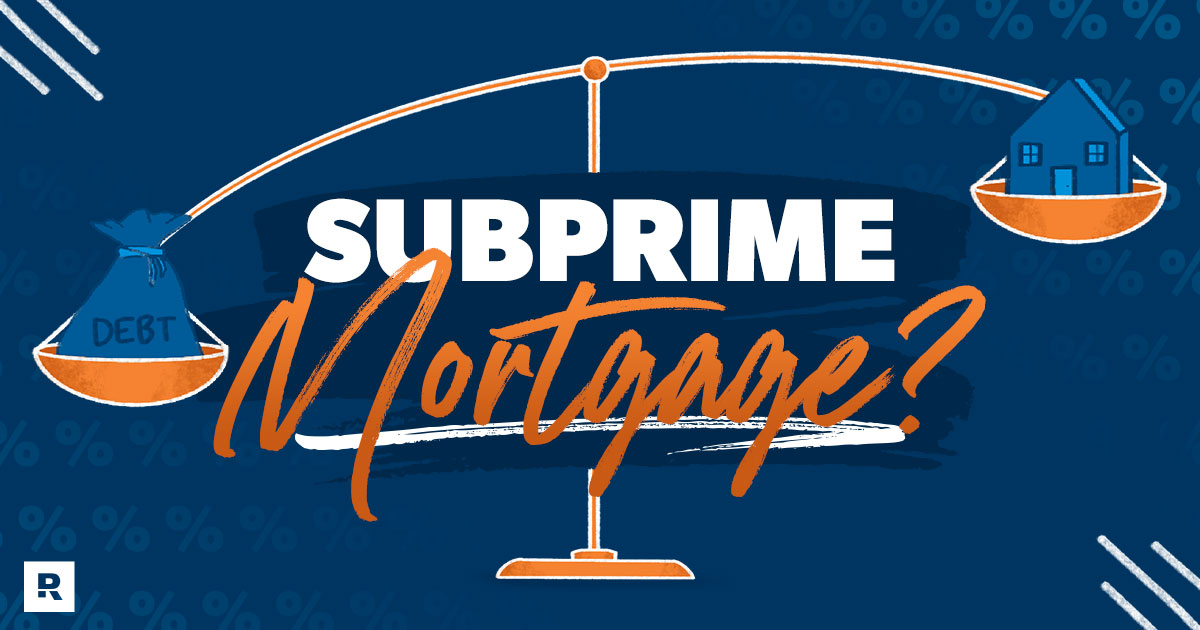
Subprime mortgage, a type of home loan available to individuals with poor, incomplete or non-existent credit histories. Subprime mortgages typically charge higher interest rates than standard (prime) mortgages because the borrower in this case poses a higher risk to the lender.
Subprime mortgages have higher interest rates than prime mortgages.
The prime mortgage rate is the rate at which banks and other mortgage lenders can lend money to customers with the best credit history.
A primary mortgage can be either a fixed or variable rate mortgage. More commonly, subprime mortgages are floating rate mortgages (ARMs). Subprime mortgages are generally designed for bad credit. Higher interest rates are intended to compensate lenders for taking on more risk when lending to such borrowers. Interest rates on subprime and prime ARMs can increase significantly over time.
The most common type of subprime mortgage agreement offered in the United States is the variable rate mortgage (ARM), which charges a fixed rate for an initial term and a variable rate thereafter. Floating rates can be based on an index such as the federal funds rate, which is the rate at which banks lend money to each other overnight.